To begin, our occupational therapists conduct objective and standardized assessments to pinpoint characteristics associated with dyslexia. Our comprehensive evaluation identifies your child’s reading and spelling proficiency and evaluates the executive cognitive functions crucial for reading success.
We approach dyslexia intervention from a medical perspective rather than an educational one. Our services are grounded in the Magnocellular Theory of Dyslexia, and our primary aim is to address auditory, visual, and motor deficits that can exacerbate existing phonological challenges linked to reading delays. Occupational and speech therapy delves deeper into understanding the underlying reasons behind your child’s struggles. There’s always a “why” behind reading difficulties. For some, it’s related to issues with memory, difficulty processing what they see or hear, or problems associating sounds with letters. Identifying this “why” is the first step toward achieving reading success.
Below are the characteristics we look for:
Why do we test for this?
Primitive Survival Reflexes are natural reflexes that aid in the early development of babies. Typically, these reflexes fade away well before a child reaches reading age. However, if they persist beyond this point, your child might exhibit symptoms similar to those seen in dyslexia. Treatment options exist to help integrate these reflexes fully, potentially reducing or eliminating associated symptoms.
Why do we test for this?
Insufficient sensory integration may impede your child’s ability to concentrate and engage effectively in the learning process, including acquiring reading skills. Heightened sensitivity to various sensory stimuli such as sound, touch, and smell, along with challenges in areas like organization, balance, visual processing, and social interaction, can be observed. However, with identification and appropriate treatment, these issues can be addressed.
Why do we test for this?
Vergence: Vergence refers to the coordinated movement of both eyes inward (convergence) or outward (divergence) to maintain single binocular vision when focusing on an object at different distances. This coordination allows for depth perception and is essential for activities such as reading, where the eyes must converge to focus on nearby objects and then diverge to focus on distant ones.
Saccade: Quick, simultaneous movement of both eyes in the same direction, allowing them to rapidly shift and focus on different points of interest in the visual field. For instance, during reading, saccades facilitate moving the eyes from one word to the next along a line of text.
Pursuit: The ability of the eyes to smoothly track and follow a moving object as it moves across the visual field. This skill enables individuals to maintain focus on moving objects, such as tracking a flying ball or following a moving target in sports.
Fixation: The ability of the eyes to maintain a stable gaze on a specific target or point in space. Despite potential distractions or changes in the visual environment, fixation allows the eyes to focus on an object or location. This skill is crucial for tasks requiring sustained attention, such as reading, visual tracking, and maintaining a steady gaze during visual tasks.
Why do we test for this?
Visual-motor integration refers to the skill of aligning what we see with our physical actions, facilitating smooth hand-eye coordination. It encompasses merging visual perception, like identifying shapes and sizes, with planning and executing motor tasks using muscles. Difficulties in this area can pose challenges in activities needing hand-eye coordination, such as writing, drawing, or copying from the board, which can affect academic achievement, especially in subjects like writing, math, and art.
Why do we test for this?
Visual perception refers to the ability to interpret and make sense of visual information received through the eyes. It involves various cognitive processes, including recognizing shapes, colors, sizes, spatial relationships, and patterns. Visual perception also encompasses skills such as visual discrimination (differentiating between similar objects), visual memory (remembering visual information), visual closure (mentally completing incomplete images), and figure-ground perception (distinguishing an object from its background). Effective visual perception is crucial for tasks such as reading, writing, drawing, navigating the environment, and participating in everyday activities.
Why do we test for this?
Modality processing refers to how the brain handles sensory input from various sources like vision and hearing. In Visual Working Memory, challenges can arise in accurately storing or acting upon visual information. Similarly, in Auditory Working Memory, difficulties may emerge in accurately processing or acting upon auditory information.
Why do we test for this?
Phonological processing refers to recognizing and manipulating the sounds of language, called phonemes, in spoken words. This skill includes different abilities like phonological awareness (spotting and playing with sounds within words), phonological memory (remembering and recalling sound sequences), and rapid symbolic naming (swiftly and accurately naming or recognizing familiar symbols or visuals, like letters, numbers, or common objects).
Why do we test for this?
The printing components evaluated and addressed are letter formation, size, placement, orientation, and spacing. The results enable our team to tailor a treatment approach that best addresses your child’s individual needs.
Why do we test for this?
We incorporate assessments of a child’s current reading and spelling skills, along with an analysis of high-level reading skills, to tailor a treatment approach that effectively addresses the unique needs of your child.
